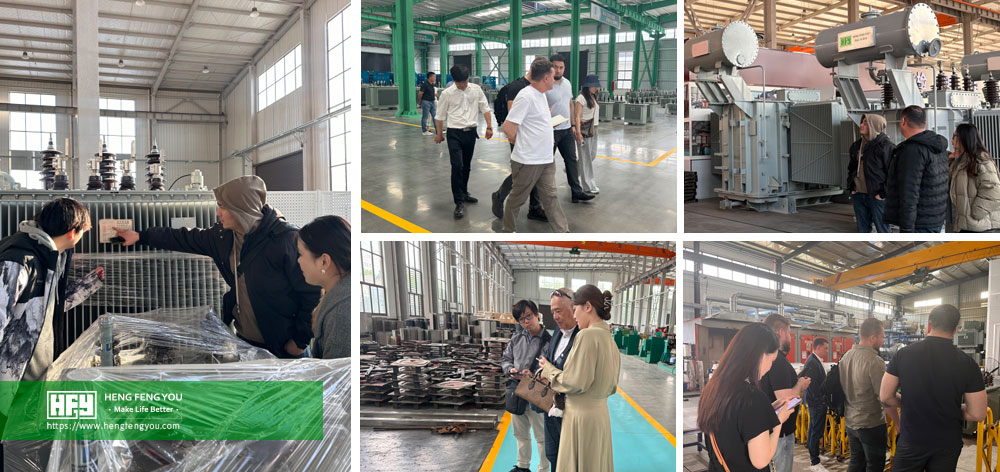SVR - High Voltage Feed Voltage Regulating Transformer overview

SVR - High Voltage Feed Voltage Regulating Transformer advantage
-High voltage copper wire winding technology to improve lightning resistance performance
-Low voltage foil winding technology, high-quality A-E grade insulation material insulation
-Low magnetic leakage, high mechanical strength, and strong short-circuit resistance
-The material of the iron core is high-quality cold-rolled grain oriented silicon steel sheets with mineral oxide insulation (from Baosteel and Wuhan Iron and Steel Group in China)
-By controlling the process of cutting and stacking silicon steel sheets, the loss level, no-load current, and noise are minimized

Business Cooperation

Our advantages
What is an SVR (Step Voltage Regulator) in high voltage applications?
An SVR is a type of voltage regulating transformer designed to adjust and stabilize the voltage level in high voltage power distribution systems, compensating for fluctuations in input voltage.
How does an SVR maintain consistent output voltage?
The SVR automatically adjusts its tap settings based on the input voltage, either boosting or reducing the voltage to ensure a stable output within the desired range.
What are the typical applications of high voltage feed SVRs?
They are commonly used in power transmission networks, industrial plants, and renewable energy systems where precise voltage regulation is critical.
What is the difference between an SVR and an ordinary transformer?
Unlike standard transformers, SVRs actively regulate voltage by dynamically changing tap positions, whereas ordinary transformers provide a fixed voltage conversion.
How is an SVR controlled in a high voltage system?
SVRs can be controlled manually, automatically via voltage sensors, or remotely through SCADA systems for real-time adjustments.
What are the key benefits of using an SVR in high voltage networks?
Benefits include improved power quality, reduced equipment stress, enhanced grid stability, and minimized voltage drop over long distances.
What maintenance is required for an SVR?
Regular inspections, oil testing (if oil-filled), tap changer servicing, and monitoring of control systems are essential for optimal performance.
Can an SVR handle sudden voltage surges or drops?
Yes, SVRs are designed to respond quickly to voltage variations, providing rapid correction to prevent disruptions in the power supply.
What are the common failure modes of an SVR?
Potential issues include tap changer malfunctions, insulation degradation, cooling system failures, or control circuit errors.
How do I select the right SVR for my high voltage application?
Consider factors such as input/output voltage range, load capacity, regulation accuracy, environmental conditions, and compliance with industry standards.

WhatsApp:
+86 13969788801
+86 15853252696
Tel:+86-0532-68688801
Fax:+86-0532-87038801
Email: hfy@hengfengyou.com
Address: No.638,Zhongcheng Road, Chengyang District, Qingdao City,China

Leave a message now - get the latest industry insights, star products, and success stories of hengfengyou electric